|
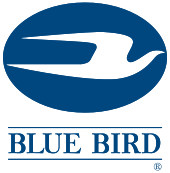
The
Blue Bird
Corporation, originally known as the Blue Bird Body Company, is an American manufacturer of school and activity buses. Established in 1927, the company has also manufactured transit buses, motorhomes, and specialty vehicles such as mobile libraries and mobile police command centers. Blue Bird's corporate headquarters and main manufacturing facility are in Fort Valley, Georgia. It is a subsidiary of the Traxis Group B.V., part of Cerberus Capital Management. Blue Bird's logo is a silhouette profile of the brand's namesake bird.
MANUFACTURING & ASSEMBLY
Traditionally, school buses such as those produced by Blue Bird consist of components purchased from various outside suppliers and parts which are manufactured in-house to the company's specifications. These two categories of parts are then typically assembled into bodies which can be mounted onto chassis which have often been variations of those used in a myriad of truck applications.
Production-wise, the large "home" plant complex in Fort Valley, Georgia served as both a part manufacturing plant for the entire organization as well as one of the six locations where bodies were assembled from in house and purchased components. Parts and service were also located in Fort Valley, as was Wanderlodge Wayside Park, a tree-shaded motor home park for visiting Wanderlodges adjacent to the Wanderlodge plant.
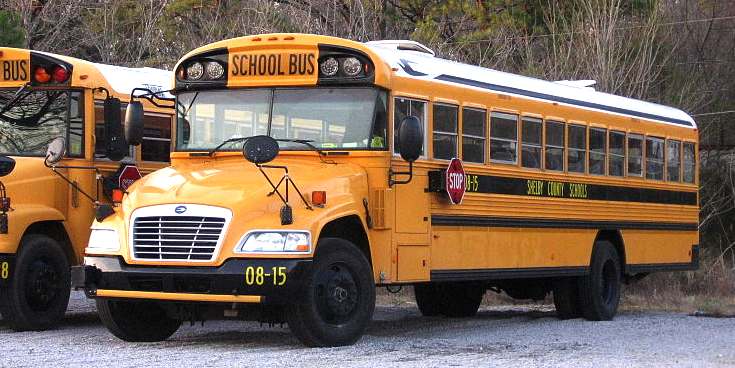
Blue Bird Corporation currently operates a single manufacturing facility in the United States: the Blue Bird Body Company in Fort Valley, Georgia. A second facility (Blue Bird North Georgia) in LaFayette, Georgia was closed August 30, 2010.
In the past, Blue Bird has had an international manufacturing presence, with two factories in Canada, one in Mexico, and one in South America. These have now all been closed due to changing market conditions and Blue Bird's shift back to a lineup of school bus-based vehicles.
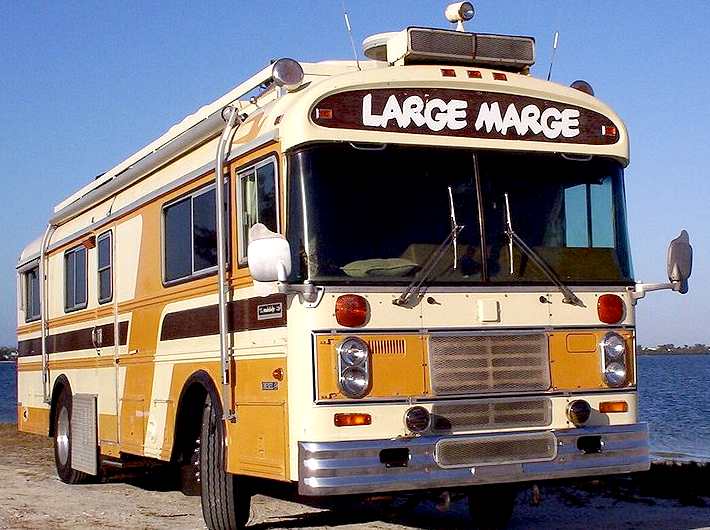
COMPANY HISTORY 1927–1945
Albert L. Luce, Sr. was the owner of the local Ford dealership in Fort Valley, Georgia in the late 1920s. Luce was given the idea to construct a bus after a stock vehicle sold to a customer was of insufficient quality; the wooden bus body started to disintegrate before the customer finished paying for the vehicle. After suggestions from the customer, he decided to try building his own bus body on a Model T frame. In an effort to improve over the original wood-framed bus that he had sold, Luce constructed the frame of his bus body with steel angles and
sheet metal, using wood sparingly. Completed in 1927, the bus was put into service transporting school children.
After the construction of seven more bus bodies, Luce sold his Ford franchise in 1932 to produce bus bodies full-time to start his own company. When deciding upon a name, Luce chose the Blue Bird name for a variety of reasons. The Blue Bird name originated from the positive reception of school children to a blue and yellow demonstrator unit from a group of school children; Luce was nervous about the use of the family name for his business out of fears of it being mispronounced (i.e., "the loose bus").
STEEL
BODIES
In 1937, the company began production of full-steel bus bodies, an innovation which soon replaced the wooden bodies which were then in common use around the United States. The early use of farm wagons on a part-time basis soon evolved into purpose-built school bus products, each with economy and function as major priorities.
As the second quarter of the 20th century began, Albert Luce Sr. was one of the entrepreneurs of the period who transitioned from building wagons to developing some of the earliest purpose-built school buses. In a 1939 conference, Blue Bird engineers helped to develop the color school bus yellow, which is still in use today. Blue Bird and Wayne Corporation were several of the earliest to experiment with steel body construction, although such efforts were severely limited by war production product shortages and restrictions during World War II.
NEED FOR SCHOOL TRANSPORTATION
1945–1960
Following World War II, continuing a transition from one-room schools, there was a nationwide movement in the US to consolidate schools into fewer and larger ones, facilitating graded class structures. This meant that fewer students were attending school in their immediate neighborhoods, particularly as they progressed into high school; for many, the previous practice of walking to school became impractical. This led in turn to a large increase in the demand for transportation. The company grew substantially and became a major school bus body builder in the post-World War II period.
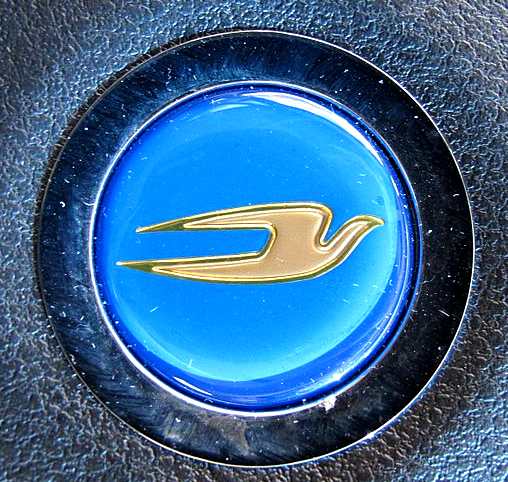
CHANGE OF OWNERSHIP
1990–2006
From its 1932 foundation until 1984, Blue Bird was run entirely by the Luce family, either by Albert Sr or by his three sons. In 1986, the board of directors hired Paul Glaske, president of Marathon LeTourneau, a Texas-based heavy equipment manufacturer. During this time, the Luce family still maintained ownership of the company. In 1992, Merrill Lynch Capital Partners purchased an 82% stake of the company in a management-led buyout with the other 18% spread between Paul Glaske and 14 other Blue Bird managers. After the buyout, the company name changed from Blue Bird Body Company to Blue Bird Corporation.
Sagging demand, financial difficulties and changing world markets in the 1990s and early 2000s lead to Blue Bird closing two plants and opening another. Blue Bird East was shut down in 1992; Blue Bird de Mexico in Monterrey, Nuevo León, Mexico, was opened in 1995.
Blue Bird was owned by the British Henlys Group PLC with a substantial financial stake held by Volvo
Group from 1999 to 2004. Henlys had financial difficulties during this time, including some not related to its investment in Blue Bird. Blue Bird de Mexico in Monterrey, Mexico was closed in 2001. Blue Bird Midwest was closed in 2002.
According to a company news release from the fall of 2004, Blue Bird became the "sole operating subsidiary" of a newly created holding company, Peach County Holdings Inc. As part of the deal, a banking syndicate made up of Henlys creditors owned 42.5 percent of the Peach stock, according to Blue Bird. The Volvo Group (the world's largest bus manufacturer) owned another 42.5 percent, with the balance owned by Henlys' "pension scheme" and Blue Bird's management. Also in 2004, Blue Bird introduced the Vision, the first conventional-style school bus to be built without relying on an outside supplier for chassis.
However, after a bankruptcy filing, Blue Bird was acquired by Cerberus Capital Management. In connection with the acquisition by Cerberus of North American Bus Industries and Optima Bus Corporation, Blue Bird's acquisition led to Cerberus having a complete line of school and transit buses. Blue Bird is currently owned by the Traxis Group B.V., who acquired them in 2006.
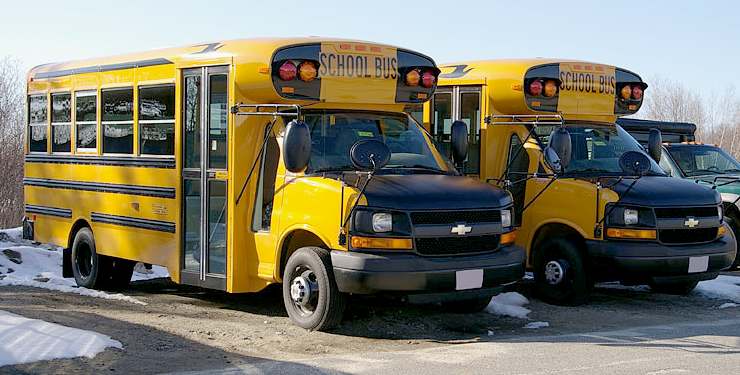
PRODUCT CHANGES
The late 1980s and 1990s saw the Blue Bird product lineup in flux in comparison to the decades before. In 1988, Blue Bird introduced the TC/2000, its first all-new transit-style school bus in over 25 years; the flagship All American was redesigned a year later. In 1991, the Blue Bird Wanderlodge ended the use of its school bus body. The 1992 Q-Bus was the first Blue Bird transit bus designed from the ground up as a transit bus and not derived from the All American.
The 1990s were also a period that the company explored the use of alternative power sources for school buses. In 1991, Blue Bird introduced the first school bus (an All American Rear Engine) powered by compressed natural gas (CNG). In 1994, Blue Bird developed a battery-powered school bus in an effort with Westinghouse Electronic Systems for a school district in California. While the electric school bus remained a prototype, Blue Bird has continued to offer CNG as an option on the All American since its 1991 introduction.
REFOCUS ON SCHOOL BUSES 2007 - 2014
Through 2007, Blue Bird executed a series of plant closing and product line divestitures intended to re-focus the company on the school bus market in an effort to improve profitability and market
position. The commercial bus production was transferred to NABI's Anniston, Alabama facilities. Blue Bird’s original and last remaining international plant, Blue Bird Canada, was closed August 10, 2007. Later in 2007, the rights to the Wanderlodge were sold to Complete Coach Works, ending Blue Bird's 44-year participation in the recreational vehicle market.
In commemoration of the 80th anniversary of Blue Bird No. 1 (and the centennial of the Model T Ford), it was donated to The Henry Ford Museum by the Luce family in 2008. 2008 saw major updates for the Vision. Unveiled in late 2008 as a 2010 model, the All American saw the most extensive changes to its body in nearly 50 years.
In October 2009, Blue Bird further streamlined its bus production as it entered into a joint venture with Canadian school bus manufacturer Girardin Minibus. Dubbed Micro Bird, Inc., all small bus production was consolidated at the Girardin facilities in Quebec, Canada; consequently, all Blue Bird production is now limited to full-size conventional and transit buses. The 2010 Micro Bird was the last Blue Bird bus to use a non-Blue Bird chassis.
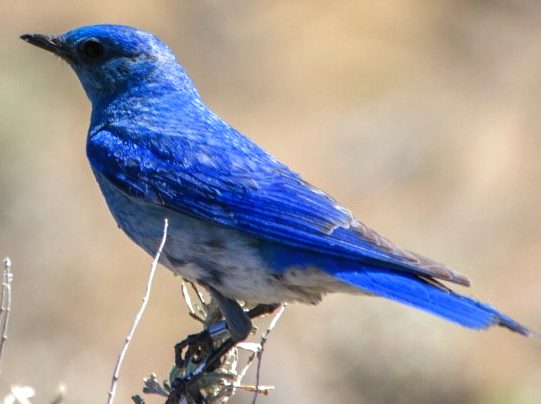
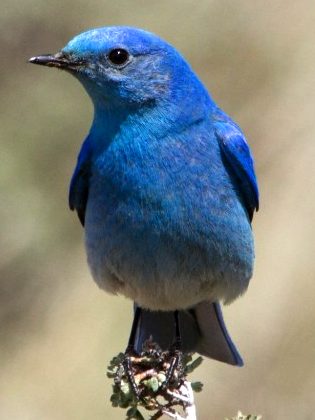
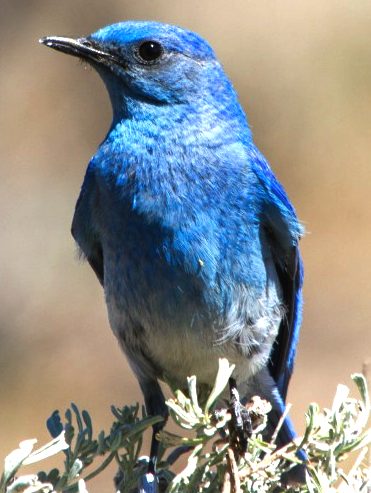
The
North American Blue Bird was the inspiration behind many works of art, literary, graphic
and otherwise to do with happiness. We are sure it will inspire other
likewise for many years to come.
LINKS
http://en.wikipedia.org/wiki/Blue_Bird_Corporation
http://www.blue-bird.com/
The-Robot-Bluebird-David-Lucas The-robot-and-the-bluebird The
robot and the bluebird David
Lucas
|






